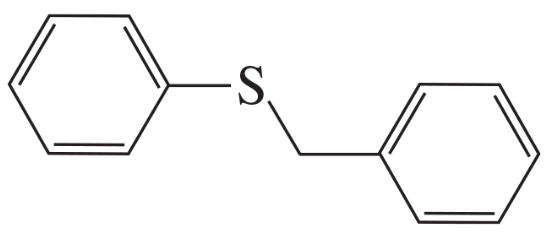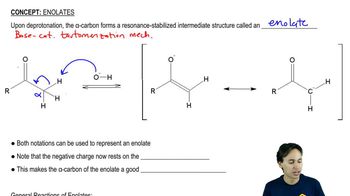Show how you would synthesize the following:
e. cis-pent-2-en-1-thiol from a suitable alkenyl halide


 Verified step by step guidance
Verified step by step guidance Verified video answer for a similar problem:
Verified video answer for a similar problem:



 3:21m
3:21mMaster The mechanism of Sulfide Synthesis. with a bite sized video explanation from Johnny
Start learning